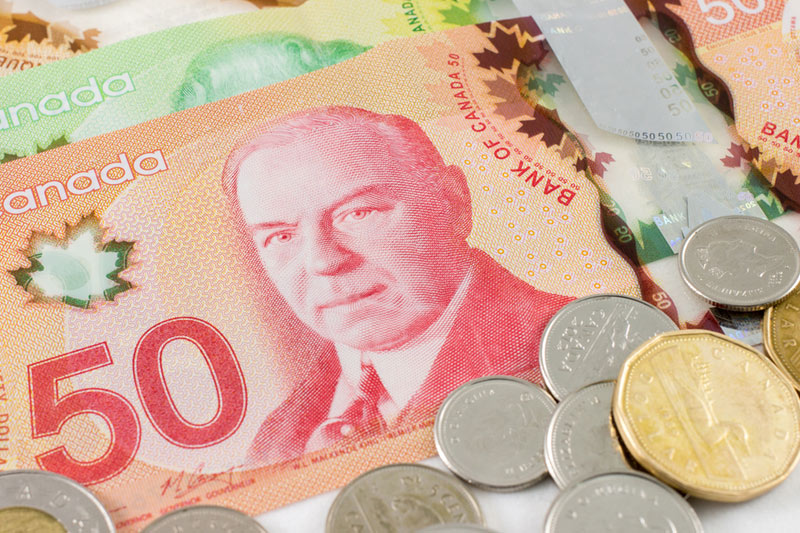* Canadian dollar at C$1.2624, or 79.21 U.S. cents
* Loonie touched its strongest since June 30 of C$1.2461
* Bond prices higher across flatter maturity curve
TORONTO, May 3 (Reuters) - The Canadian dollar hit a
10-month high on Tuesday but then fell against its U.S.
counterpart as lower oil prices and a sell-off in stocks weighed
on the risk-sensitive commodity-linked currency.
Oil fell as rising output from the Middle East and North
Sea renewed concerns about global oversupply while weak Chinese
factory activity worsened the demand outlook. U.S. crude CLc1
prices were down 0.58 percent to $44.52 a barrel. O/R
European financial stocks fell after a string of weak
first-quarter earnings reports from banks, while yen strength
threw an uncomfortable spotlight on central banks' attempts to
boost growth through aggressive policy easing.
At 9:26AM EDT (1326 GMT), the Canadian dollar CAD=D4 was
trading at C$1.2624 to the greenback, or 79.21 U.S. cents,
weaker than Monday's close of C$1.2536, or 79.77 U.S. cents.
The currency's weakest level was C$1.2625, while it touched
its strongest since June 30 at C$1.2461.
The pullback for the loonie came as fellow commodity
currency the Australian dollar tumbled after the Reserve Bank of
Australia surprised some by cutting its cash rate to a record
low.
Bank of Canada Governor Stephen Poloz will participate at
12:30 p.m. EDT (1630 GMT) in a panel at the Milken Institute in
Los Angeles, entitled "Monetary Policy: Out of Ammunition?"
Poloz has said in the past that the idea that monetary policy is
not working any more is a myth.
The two-year CA2YT=RR price rose 5.5 Canadian cents to
yield 0.663 percent and the benchmark 10-year CA10YT=RR
climbed 65 Canadian cents to yield 1.468 percent.
The curve flattened, as the spread between the 2-year and
10-year yields narrowed by 4.2 basis points, indicating
outperformance for longer-dated maturities.
Canada's trade report for March is awaited on Wednesday,
while the nation's April employment report is due on Friday.
ECONCA
